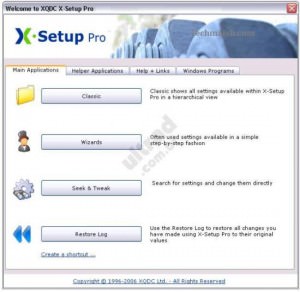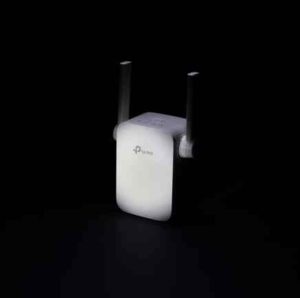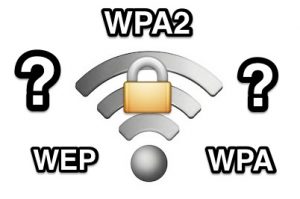Wireless Internet Access Methods Used in Rural Areas
With our recent new found technology, those living in rural areas should be able to have fast internet access as well. Extending cables out to undeveloped regions may seem like more effort than it is worth. However, through implementing forms of wireless internet such as Wi-Fi, WiMAX, and balloons, now there is no reason why any secluded home cannot obtain fast rural internet service.
Limitations in technology and profitability make planning rural high speed internet service difficult. Homes in rural areas may be spaced several miles apart from one another while suburban and city homes are close together. Building a single tower in a metropolitan area is highly profitable since it serves hundreds of nearby residents. Erecting an identical tower in a rural area may cost the same but serves far fewer homes than those that are widely spaced apart. Also, not every rural household will want fast rural internet service.
The following are three types of wireless internet services which serve as alternatives to satellite towers:
- Wi-Fi: Short for wireless fidelity, Wi-Fi is compatible with wireless devices that use the IEEE (Institute of Electrical and Electronics Engineers) 802.11a and 802.11b standards which enable 54 Mbps in a 5 Ghz band and 11 Mbps in a 2.4 Ghz band respectively. Wi-Fi can be said to be the pioneer in wireless network access and has served as a cheaper alternative to wired internet access. Since Wi-Fi does not require licensing, providers can offer it to customers for less. In some areas, it lacks the range and power needed to travel through rural areas and data is not always secure unless customers take precautions to protect their information.
- WiMAX: As a form of wireless internet, WiMAX (Worldwide Interoperability for Microwave Access) provides mobility, which Wi-Fi lacked. It works on the IEEE 802.16 standard as used in 2004 with a transmission capability of 70 Mbps reaching just over 30 miles. WiMAX is more expensive to install and maintain than Wi-Fi and may not be favorable to rural customers who are satisfied with Wi-Fi.
- Balloons: Balloons filled with hydrogen gas lift attached equipment up to space. The equipment then sends and receives internet and cell phone signals. One catch: Within a day of hovering in thinner air than its gas, the balloon pops and a parachute gently lowers it back to Earth. Once back on the ground, the balloons are refilled and launched by hired customers. Through the use of balloons, no satellite towers need to be built or technical launches need be made. Since the equipment lands daily, there are more opportunities to examine it without removing it from a tower. Also there are issues with birds or aircraft running into the balloons as well as inclement weather affecting them. Worst of all, is the requirement of inflating and launching them daily.
New technologies, including 802.22 and laser link, are currently being developed. Hopefully they’ll overcome the range and line of sight problems found in rural areas. Today WiMAX, satellites, and balloons still provide useful ways in achieving rural high speed internet services.







